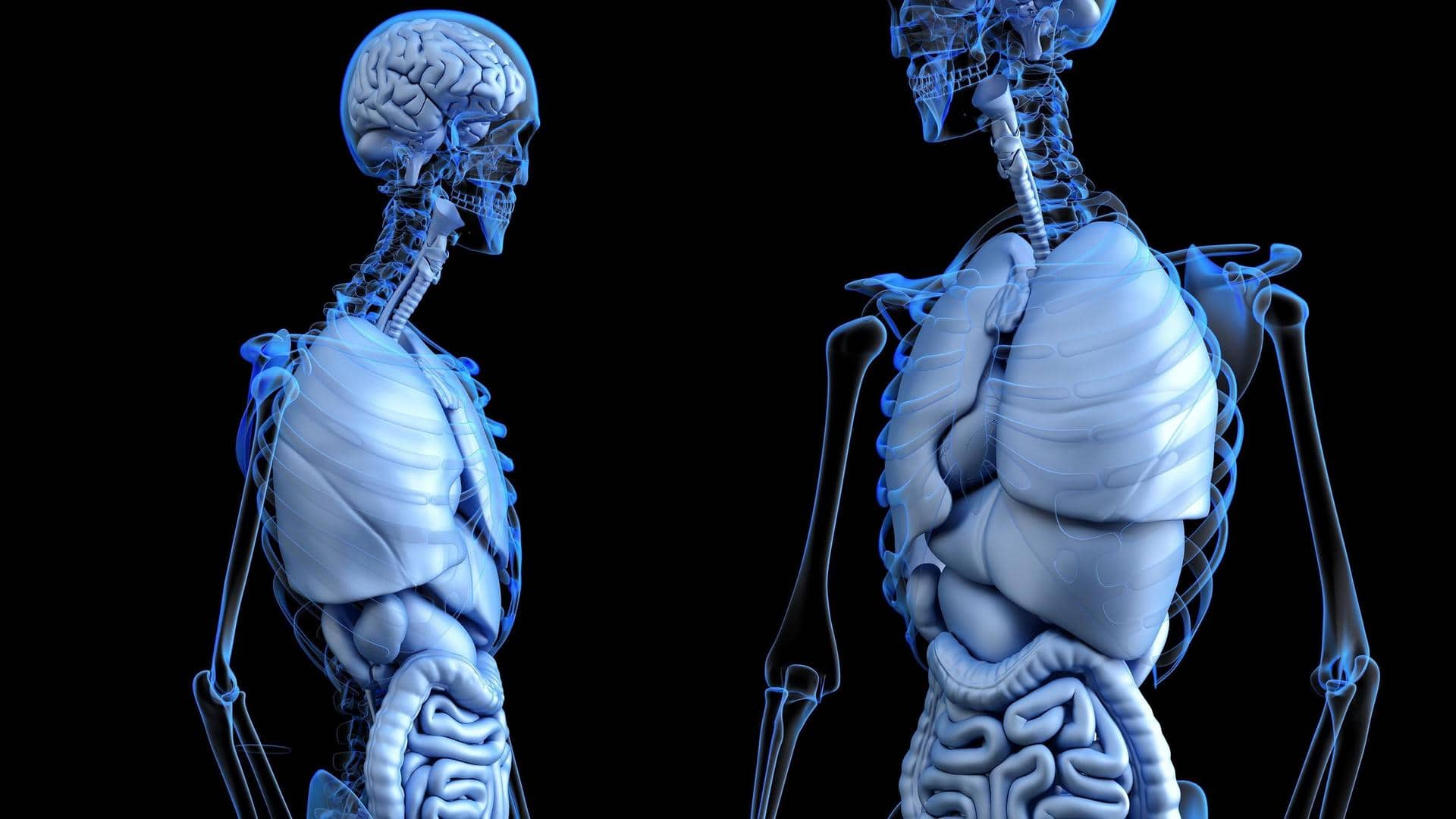
What is bone resorption? Symptoms, causes and treatment
What's the story
Your bones tend to remodel themselves throughout your life where they are continuously removing old bones (resorption) and adding new bones (ossification) wherever needed. The process is natural and is important for your overall health. However, when resorption occurs at a higher rate, it may lead to a decrease in bone mass and density and increase the risk of breakage and fractures.
Definition
What exactly is bone resorption?
Also known as bone loss, bone resorption is the process by which the body breaks down damaged or weakened bone tissues through osteoclasts, which are cells breaking down this tissue. Once your aged bone tissue gets removed, a new one is formed and the process continues. Bone resorption can occur in various parts of your body but most commonly it affects your dental health.
Dental health
It's role in dental health
Bone resorption can occur in two areas of your teeth. It can happen externally or internally. External resorption usually occurs on the exterior of your tooth, especially at the "neck-line" area where the root connects to your jawbone. Internal resorption starts within your tooth but is less damaging than external resorption. It develops due to chronic inflammation of the tooth's nerve called the pulp.
Symptoms
What are the symptoms of bone resorption?
The early symptoms of the condition include bone loss in your jaw. As the disease worsens, you may notice changes in bite and facial structure and face discomfort while chewing. It may also cause wrinkles around your mouth, loosening of teeth, headaches, jaw pain, facial pain, and difficulty in speaking. If you wear dentures, the fit and comfort of your replacement teeth can change.
Causes
What causes bone resorption?
Bone resorption can be caused due to a number of factors like gum disease, missing teeth, and radiation therapy. Your jawline starts shrinking after you lose a tooth. Your bone is absorbed at a faster rate causing it to break down. Bone resorption usually starts six months after the loss of a tooth. Gum diseases also invade the bone and destroy it, causing bone loss.
Treatment
Treatment and precautions for the condition
Follow a proper dental routine; floss and brush twice daily to maintain your dental health. Internal resorption can be treated with minor periodontal surgery or root canal procedure. The dentist extracts the damaging pulp and tissue that prevents the resorption from developing further. External resorption can be treated with periodontal surgery or chemical treatment to the root surface and the surrounding areas.